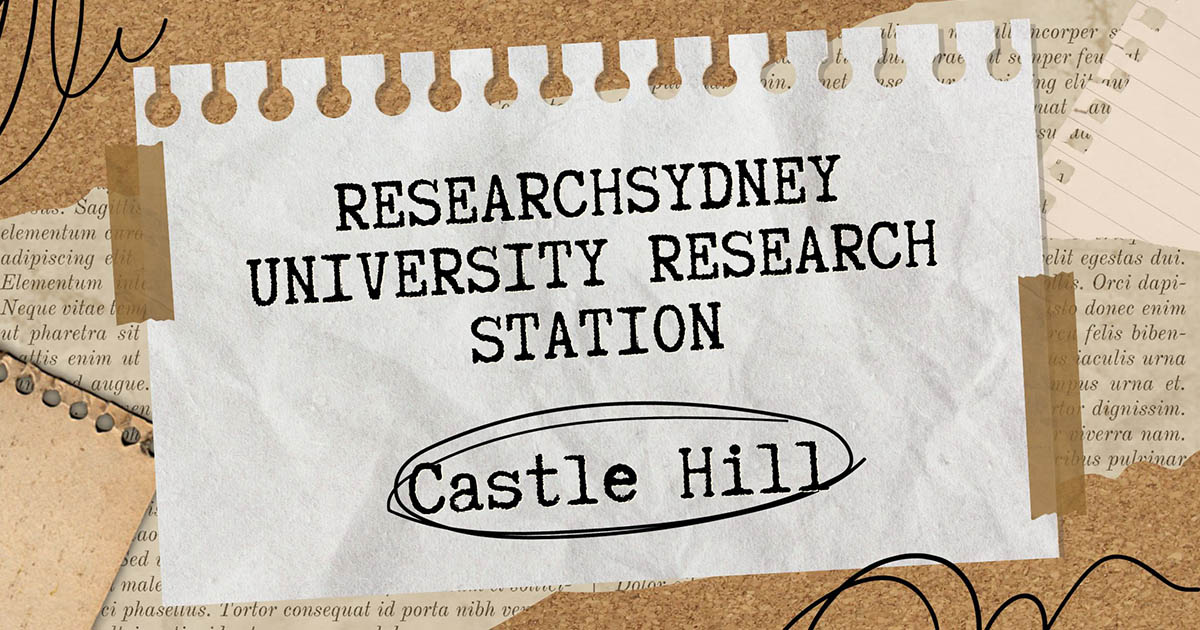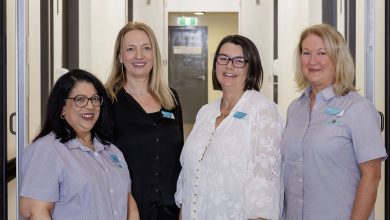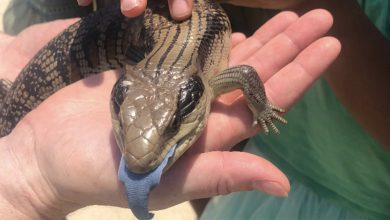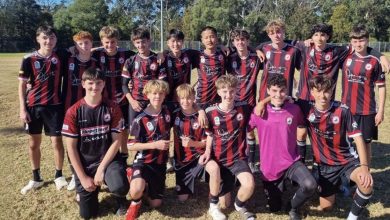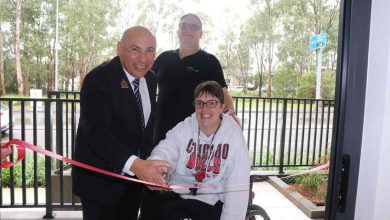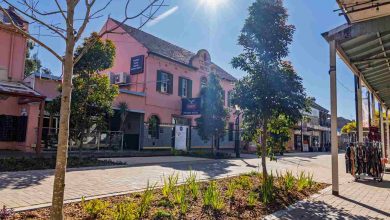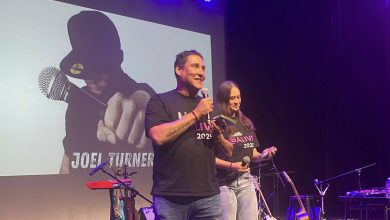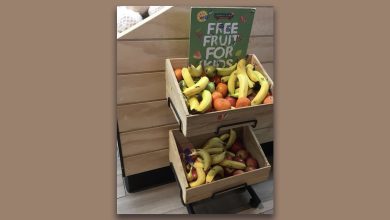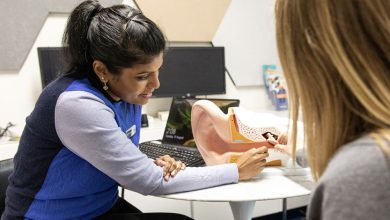In 1948 Irvine Watson was Professor of Genetics and Plant Breeding at Sydney University specialising in wheat research. His research was confined to a small plot of land at the university next to Parramatta Road which was not viable.
He began searching for a larger area of land. He bought 26 acres of land located at Castle Hill for £100 an acre in 1948. The land was bordered by Eric Felton Street, Old Castle Hill Road, Gilham Street and the present Castle Hill High School. Much of the land was resumed for extensions to Castle Towers.
To establish the wheat research farm, Professor Watson and his father built a glasshouse. Major wheat research by the University of Sydney received a boost when two new buildings were realised; one at Narrabri costing $270,000 as a biochemical laboratory the other, a 210 square metre glasshouse at Castle Hill, costing $150,000.
The projects were jointly funded by the University and the Wheat Industry Research. Castle Hill was the only research station in Australia which worked full time to study wheat diseases and planning prevention programs.
Castle Hill’s Research station identified wheats suitable for use as parents resistant to specific diseases and as the rust testing centre of the national wheat breeding program. Before this research up to one half of the nation’s crop could be lost to rust. There was 22 staff at Castle Hill of which 16 were full time.
There were water restrictions in the Hills District during the late 1940s and farmers could only run water at night. To overcome this water problem, the Watson’s dug out an old quarry on their property to make a dam. Water from the dam was used to irrigate the wheat during the daytime. The land also had to be cleared. Professor Watson’s son ran about 50 sheep and some cows, bulls and poddy calves, which he sold locally to keep the bush down.
In the late 1950s the University used a part of the Castle Hill Research Farm for Animal Research. The Sydney University Research Division moved to Cobbitty in 1988 on 92 acres of land. Their research at Cobbitty extended beyond cereals into the field of horticulture.
In 1988, some of the site of the Research Farm contained houses, a new primary school and a car park for Castle Towers Shopping Centre. Castle Towers now dominates this site.
(I have wondered if Harold Burnell Carter, veterinary researcher of Sydney Uni. living at Ulundri in Old Castle Hill Road, had any involvement with the Castle Hill Station when they began animal research in the 1950s although mostly his research base was Clunies Ross at Prospect Hill. (Harold Burnell Carter was the author of “His Majesty’s Spanish Flock” Angus & Robertson Ltd, 1964.)
(Based on an Interview with Loma Watson in 1997 by Pam Wilson & additional information from University of Sydney News, 6 Oct 1981, pp. 213-5).
Latest historical article: History of The Junction
Source: The Hills District Historical Society

